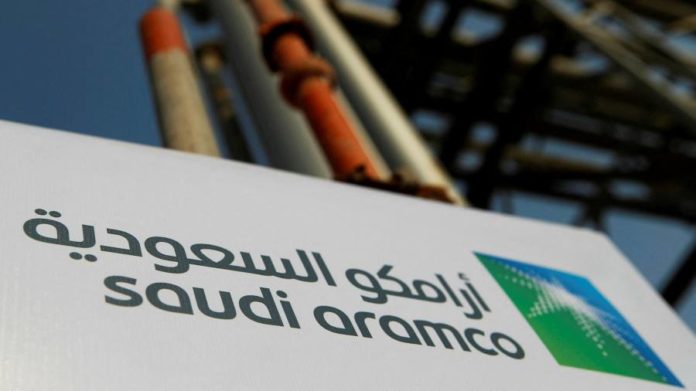Saudi Aramco reported its highest quarterly profits since listing its shares in 2019, as the world’s biggest oil exporter capitalised on soaring crude prices following Russia’s invasion of Ukraine.
Net income at the state-backed group rose to $39.5bn in the first three months of the year, an 82 per cent increase from the same quarter a year ago. The record earnings beat average analyst estimates compiled by the company of $38.5bn and were up from $30.4bn in the last three months of 2021.
The Saudi oil company and its international rivals, such as BP, Shell and ExxonMobil, have all benefited from the disruption to global energy flows driven by the war in Ukraine, which has pushed up oil, gas and refining prices.
Brent crude, the international benchmark, touched a 14-year high of $139 a barrel in March and is now trading at around $110 a barrel, roughly two-thirds higher than where it traded a year ago.
Aramco, which last week overtook Apple as the world’s most valuable company, said the results were underpinned by higher crude prices and volumes sold, along with improved refining margins.
“Energy security is vital and we are investing for the long term, expanding our oil and gas production capacity to meet anticipated demand growth,” said Aramco chief executive Amin Nasser.
The company maintained its dividend, currently one of the biggest payouts in the world, committing to return another $18.8bn to shareholders in the second quarter. The payment is a vital source of revenue for the Saudi Arabian government, which still owns 94 per cent of Saudi Aramco stock. It listed a sliver of the company’s shares in December 2019 and passed another 4 per cent to the Saudi sovereign wealth fund this year.
Saudi Aramco’s first quarter capital expenditure was $7.6bn. The state-backed group has said it expects capital spending of $40-50 bn in 2022, up from $31.9 bn last year, with further growth expected until around the middle of the decade.
Gearing, which the company defines as a measure of the degree to which operations are financed by debt, dropped to 8 per cent from 14.2 per cent in December.
Credit: Source link















